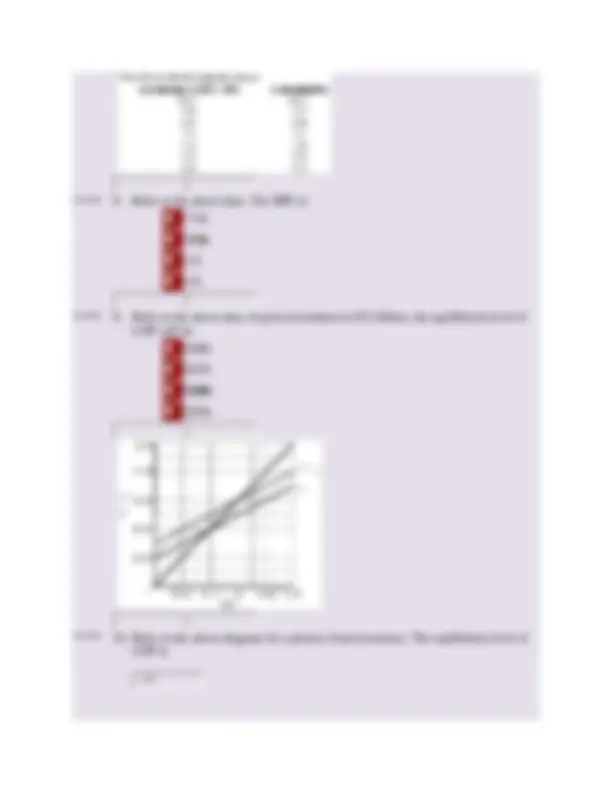




Study with the several resources on Docsity

Earn points by helping other students or get them with a premium plan


Prepare for your exams
Study with the several resources on Docsity

Earn points to download
Earn points by helping other students or get them with a premium plan
Community
Ask the community for help and clear up your study doubts
Discover the best universities in your country according to Docsity users
Free resources
Download our free guides on studying techniques, anxiety management strategies, and thesis advice from Docsity tutors
A quiz from a macroeconomics course taken in fall 2008. It includes ten multiple-choice questions covering topics such as consumer spending determinants, marginal propensities to consume and save, consumption schedules, and the relationship between real interest rates and investment. Students are expected to identify the correct answers based on the given information.
Typology: Quizzes
1 / 4

This page cannot be seen from the preview
Don't miss anything!



Macroeconomics Fall 2008: Quiz # 3.: 100 points 10 points (^) 1. The most important determinant of consumer spending is: the level of household debt. consumer expectations. the stock of wealth. the level of income. 10 points (^) 2. With an MPS of .4, the MPC will be: 1.0 minus .4. .4 minus 1.0. the reciprocal of the MPS. .4. 10 points (^) 3. The 45-degree line on a graph relating consumption and income shows: all points where the MPC is constant. all points at which saving and income are equal. all the points at which consumption and income are equal. the amounts households will plan to save at each possible level of income. 10 points (^) 4. A decline in disposable income: increases consumption by moving upward along a specific consumption schedule. decreases consumption because it shifts the consumption schedule downward. decreases consumption by moving downward along a specific consumption schedule. increases consumption because it shifts the consumption schedule upward. 10 points (^) 5. If the MPC is .8 and disposable income is $200, then:
consumption and saving cannot be determined from the information given. saving will be $20. personal consumption expenditures will be $80. saving will be $40. 10 points (^) 6. The above diagram shows consumption schedules for economies A and B. We can say that the: MPC is greater in B than in A. APC at any given income level is greater in B than in A. MPS is smaller in B than in A. MPC is greater in A than in B. 10 points (^) 7. All else equal, a large decline in the real interest rate will shift the: investment demand curve leftward. investment demand curve rightward. investment schedule upward. investment schedule downward. Answer the next question(s) on the basis of the following data for a private closed economy.